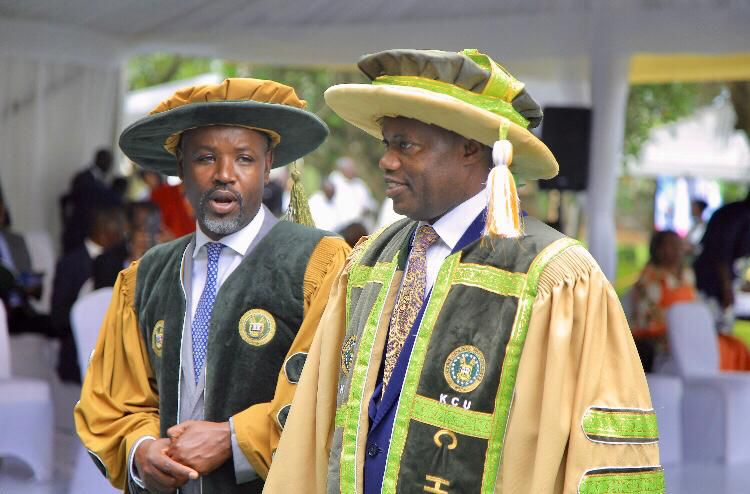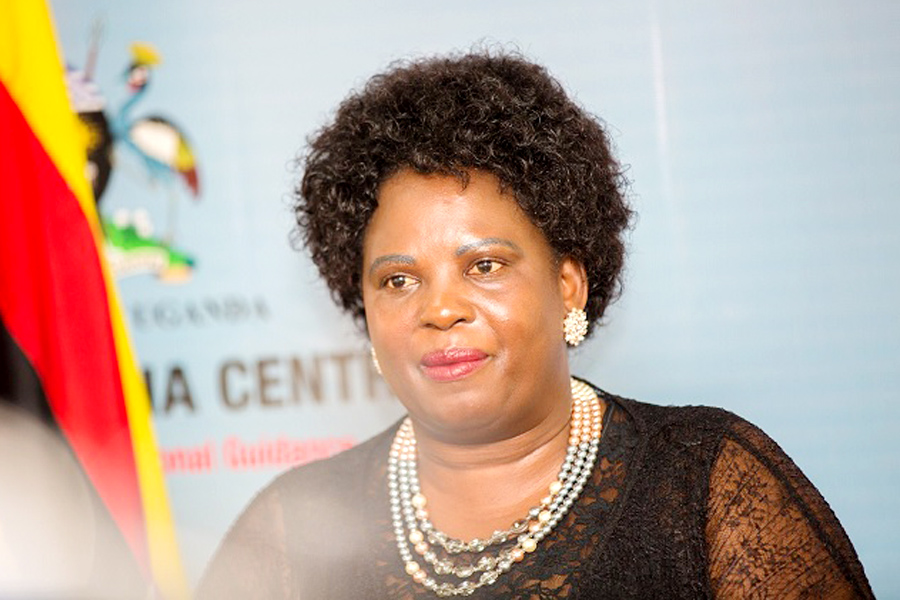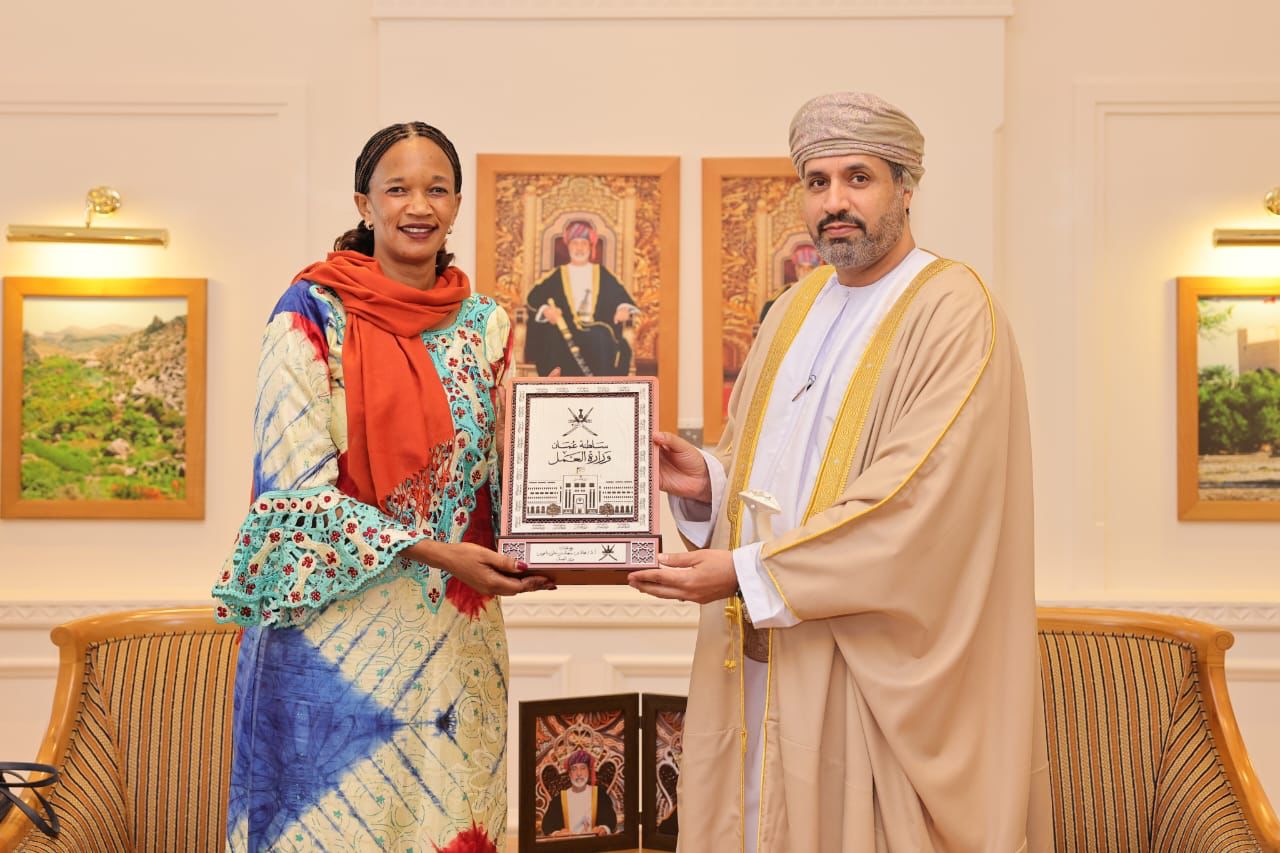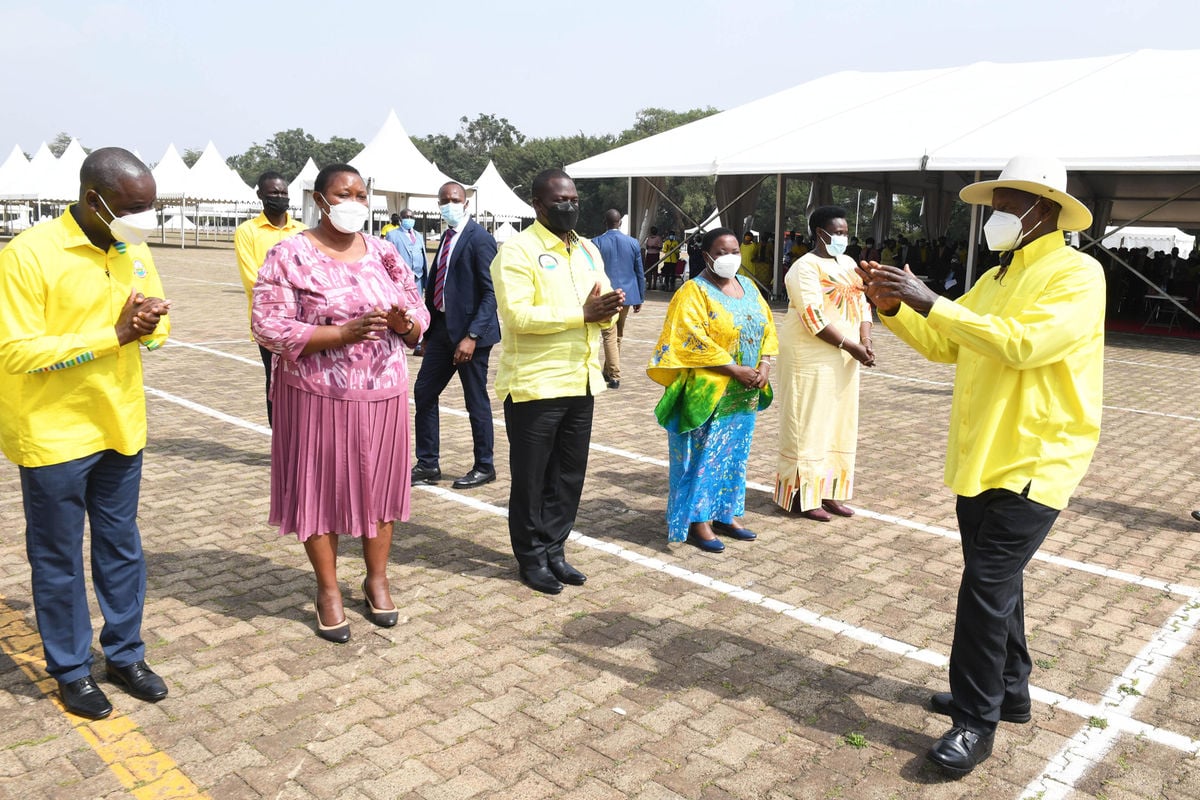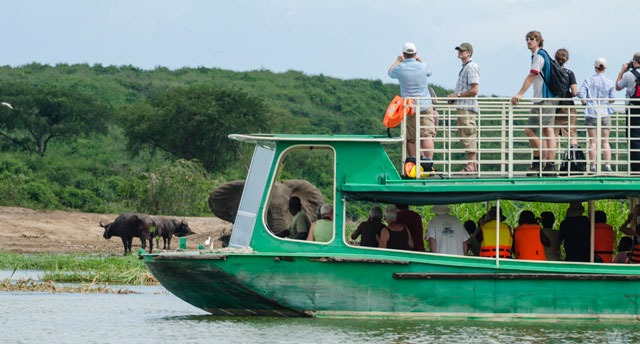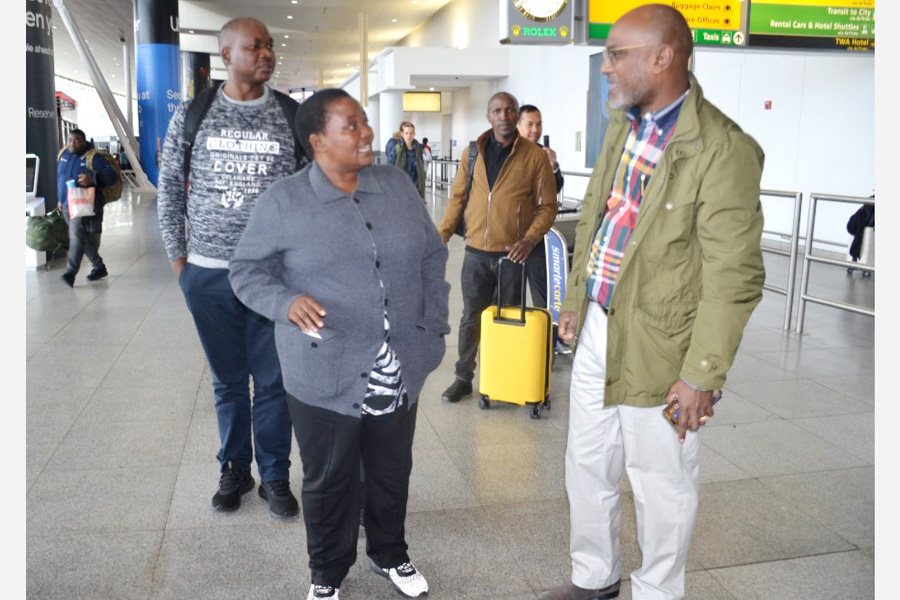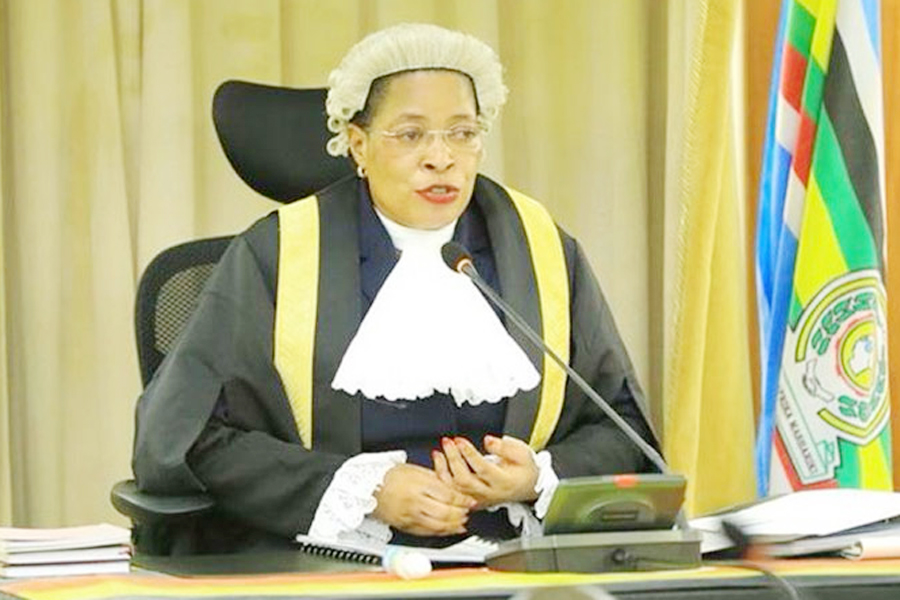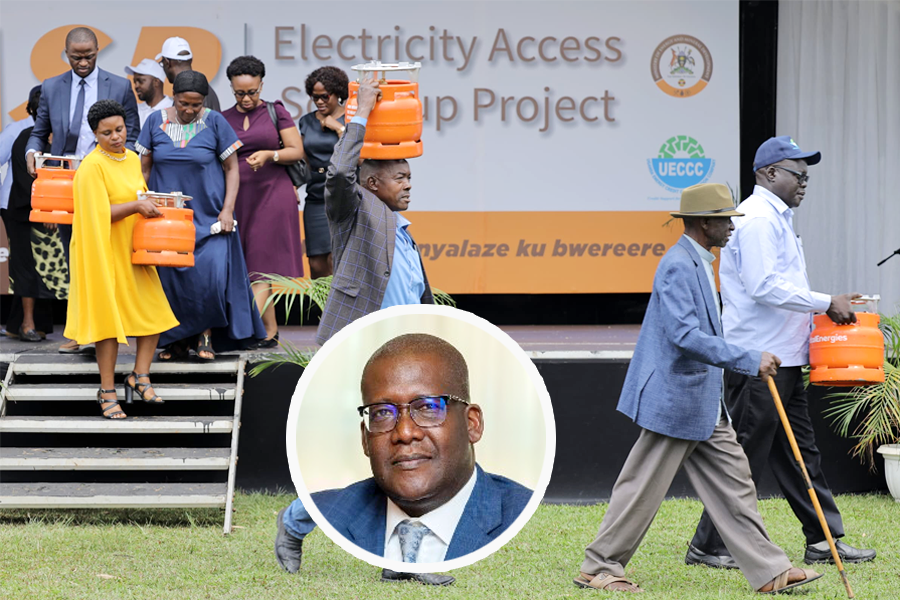Secure our Future by Optimizing Transport Assets and Climate Chaos
It is common knowledge that Uganda’s works and transport infrastructure, logistics and mobility sector takes the biggest allocation of the country’s budget. In fact, in the FY2022-2023 the budget for Integrated Transport Infrastructure and services program alone stood at 3,977.69 billion despite budget deficits in the sector.
It should be noted that an average of more than 3,700 people die annually due to road accidents but it’s yet to become a national security concern to attract the level of funding to stem it.
Keep Reading
The national infrastructure debt burden even when looked at in per capita terms continues to grow unrestrained even when the obvious consequences are known. The high cost of procuring and developing roads in Uganda outstrips regional comparative figures and international pricing models that require interrogation.
The poor air quality indices in the greater Kampala Metropolitan Area are alleged to be killing thousands per year unquestioned, the slow pace of mainstreaming cross-cutting issues in the sector like disability, gender, climate change and environmental conservation and biodiversity goes on exclusively, our national contradictions on regional and pan African joint transport infrastructure, logistics and mobility developments and public investments like we see in the SGR are national scandals, the realities of the PPP policy and legal framework has failed to deliver on national expectations and hence is confusing.
I can only say, the emerging issue of mass public transport needs is a dilemma considering there is latent demand for this, the position of public health on our roads network and the decayed matter, effluence and air pollution is a health crisis in waiting, rising criminality on our roads and taxis is costing us lives and property, low indices for the rule of law and human rights has been normalized, clearly there is no management and disaster risk and resilience for loss and damage.
With reports of the angry nature bursting communities and leaving tens of people dead due to floods in Mbale, we can only expect more because these are just the first rains.
In context, the river banks of Namuyonga, Namatasi, and Namatala and bodies and cars were seen floating in a country that has floods year in year out should see a comprehensive plan to manage disasters, more innovative questions of national, regional and international infrastructure in addition to, PPP frameworks and models, equity financing, infrastructure financing.
Lastly, with less than 8 years into the UN Decade of action on the 2030 Agenda on sustainable development, transport infrastructure, logistics and mobility remain the greatest growth-inducing stimuli to delivering goods and services to and from the markets from farms, firms and industries to parts of the country where they are needed and transport and mobility are inherent needs to all citizens irrespective of status and to national development and community livelihoods.
Achieving the UN SDG targets on respective SDGs is sine qua non.
Arans Tabaruka is a human rights and gender advocate, working with rural communities.


